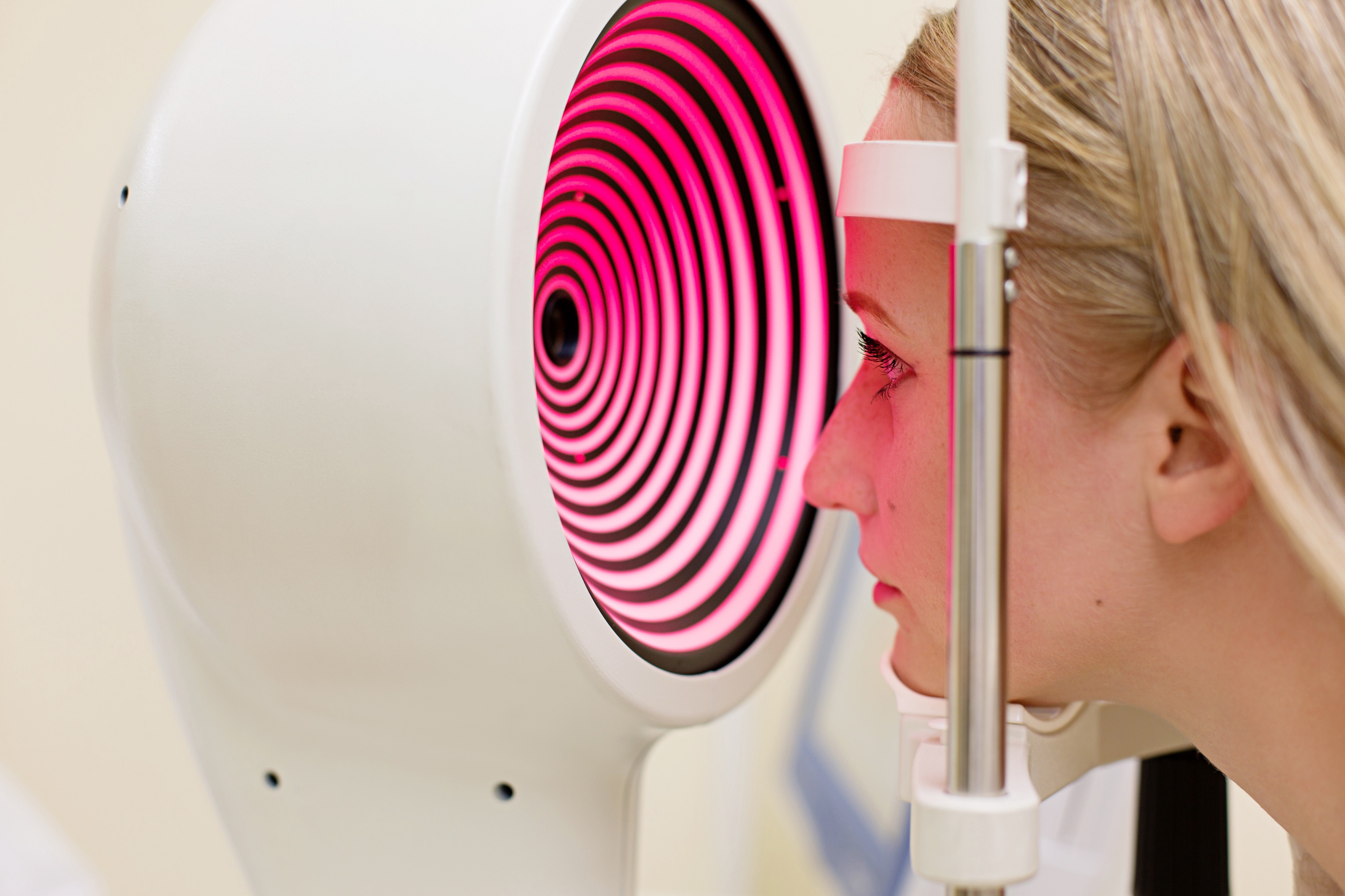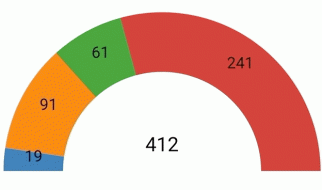 Keratoconus Diagnosis
Keratoconus Diagnosis
Your vision continues to change well into your mid-20s, and while most of these changes are nothing to worry about, wavy lines and other seemingly minor image alterations could be a sign of an eye disease. You?ve likely heard of cataracts and glaucoma, but there are many lesser-known eye conditions that don?t cause severe vision loss but still impact your everyday life. Wavy lines may be a symptom of ocular migraines, but another culprit could be keratoconus. Keratoconus occurs when your cornea thins and starts to bulge out, creating a cone shape that causes distorted vision and leads to difficulty seeing while reading or driving.
Good vision depends on a spherical cornea. Nearsightedness, farsightedness, and astigmatism develop when your cornea is an abnormal shape such as too flat or too steep. Keratoconus causes wavy lines and blurry vision in the same way because the distended shape of your cornea has thrown light rays out of focus.

Can I Prevent Keratoconus?
Doctors don?t know what causes keratoconus, so it?s difficult to prevent the condition, but there is some evidence that it?s genetic as approximately 10 percent of patients have a parent with keratoconus according to the American Academy of Ophthalmology. Rubbing your eyes can cause keratoconus to progress faster because you may damage your already thin cornea. Exerting a lot of force during activities such as body building has also been linked to keratoconus. Luckily, this condition can be corrected through a variety of treatments.
Aside from wavy lines and blurred vision, symptoms of keratoconus include:
Light sensitivity
Glares
Swelling or redness
Worsening nearsightedness or astigmatism
Growing discomfort with contact lenses
This eye disease can set in during your teens and progress over the span of 10 to 20 years. However, keratoconus can also cause a rapid decline in your vision quality. Symptoms and vision changes worsen as you age, so it?s important to schedule an eye exam to make sure you have keratoconus and find the right treatment as soon as possible. Your eye doctor can measure the curve of your cornea and use a computer to map the surface of your eye.

Keratoconus Treatments
One of the most common treatments for keratoconus is Intacs Corneal Implants. These lenses are FDA-approved rings that work to protect your thin cornea and flatten the cone shape caused by weakening tissues. The small, curved, ringed segments are surgically placed in your eye during a quick, 15-minute procedure. The procedure is less invasive than LASIK or PRK and provides permanent alteration for lasting vision improvement. Intacs halts the deterioration of your cornea and is used for patients 21 or older with otherwise healthy eyes.
Corneal cross-linking is another FDA-approved keratoconus treatment that stops damage to your cornea by strengthening your body?s collagen fibers through riboflavin eye drops and UV light exposure. The procedure involves removing the surface layer of your cornea (epithelium) similar to the PRK procedure. Your eye doctor administers the eye drops then uses a UV light for about 30 minutes to improve your eye?s ability to focus light rays. Corneal cross-linking is best for patients who have early symptoms of keratoconus before the cornea shifts into a cone shape.
The most invasive treatment for keratoconus is a corneal transplant, which is a last resort treatment when your cornea is beyond repair. Corneal transplants use donor tissue that is healthy and free of injury to replace your damaged, misshapen cornea.
Wavy or distorted lines in your vision could be a sign that you have keratoconus, but it could also be an indicator for retinal tears, retinal detachment, or macular degeneration. These eye conditions need to be diagnosed and treated as soon as possible so that you can maintain crisp, clear vision. However, you might still need prescription eyeglasses or contacts for 20/20 eyesight.
Your eyes are more than the windows to your soul. You rely on good vision to get you through every aspect of your day. If you?re squinting to see clearly or notice wavy lines, schedule an eye exam to see if keratoconus or another eye disease is the reason behind your vision changes.


